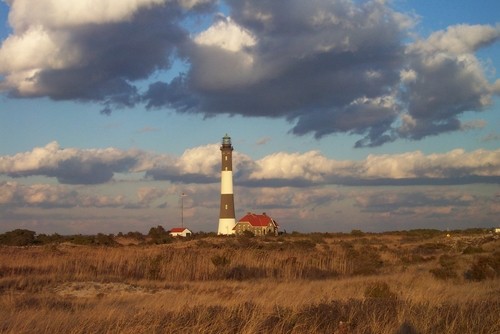
Menu
Areas Served / Community Links
About Nassau County

Nassau County is among the most affluent regions of New York State. With two cities, three towns, and 64 villages, Nassau is a bustling area on Long Island containing a diverse business base, some of New York's best schools and some of the most beautiful scenery on the East Coast. Nassau County is dominated by suburban communities, straddled by one of the greatest cities in the world as well as other suburban and rural communities. According to the 2010 census, Nassau’s population is about 1,339,500 people, with over 448,500 households and nearly 340,500 families. The population is fairly dense, with 4,655 people per square mile, on average. According to a 2012 survey conducted by Forbes Magazine, Nassau County residents have the 12th highest median household income in the country, and the highest in New York. Several Native American peoples inhabited the area when European settlers arrived, including the Marsepeque, Secatogue and Matinecoc. Dutch and English settlers split Long Island along what is the present-day border of Nassau and Suffolk, with the Dutch occupying the west and English settlers from the Connecticut colony occupying the east. Nassau County was formed in 1899 by the division of Queens County, after the western portion of Queens became a borough of New York City in 1898. Mineola was selected to be the county seat. Nassau County witnessed a series of historic episodes, going back to the emergence of the United States. The Town of Hempstead was split in two by the Patriots and Loyalists during the Revolutionary War, thus causing the formation of the Town of North Hempstead. The booming years between the late 1800’s and the 1930’s saw the creation of several luxurious Gold Coast estates, which served as the basis of F. Scott Fitzgerald’s The Great Gatsby. Nassau County’s flat plains were also the stage for advancements in aviation technology. Hempstead Plains served as a training ground for aviators in both World Wars. In 1927, Charles Lindbergh’s famous first nonstop transatlantic flight to Paris took off from Roosevelt Field.
About Suffolk County

Suffolk County, named after the English county from which its earliest settlers came, is today one of the wealthiest counties in New York State, and offers both a diverse economic and geographic landscape. Suffolk County is composed of the entire eastern end of Long Island, and is surrounded by four different major bodies of water, the Long Island Sound, the Peconic Bay, the Great South Bay and the Atlantic Ocean. Suffolk is the largest of the four counties on Long Island, and along with Nassau County composes what it generally referred to as “Long Island" According to the 2010 census, the population of Suffolk is approximately 1,493,350 people, making it the fourth most populous county in the state. Suffolk was one of the original counties in the Province of New York, an English crown territory, and was formed in 1683. The political boundaries remain almost the same as they were over 300 years ago, with only slight alterations along the Nassau-Suffolk border stemming from the division of Nassau and Queens counties in 1898. The county boasts itself as New York’s leader in agriculture, which it attributes to both the bounty of natural resources, including rich soil and an abundant water source, as well as conscientious development and planning. Ten towns are located within Suffolk County, as well as Long Island’s only Native American reservations. The Shinnecock reservation is located within Southampton village, Tuckahoe and Shinnecock Hills. The smaller Poospatuck reservation is enclave within the Town of Brookhaven.
Copyright © 2022 ProSpec Home Inspection. Site design by Hozio.
